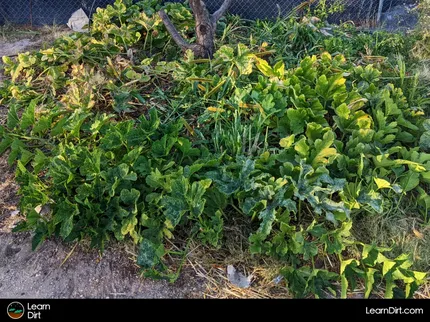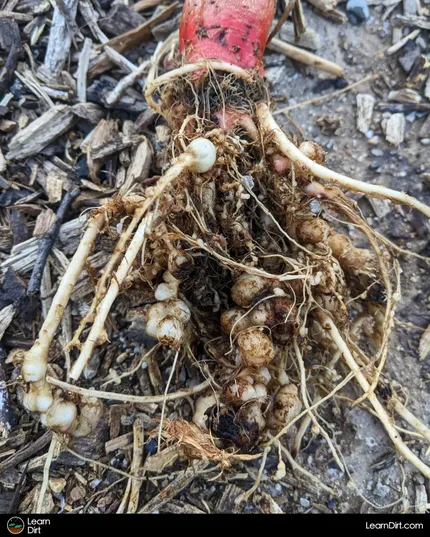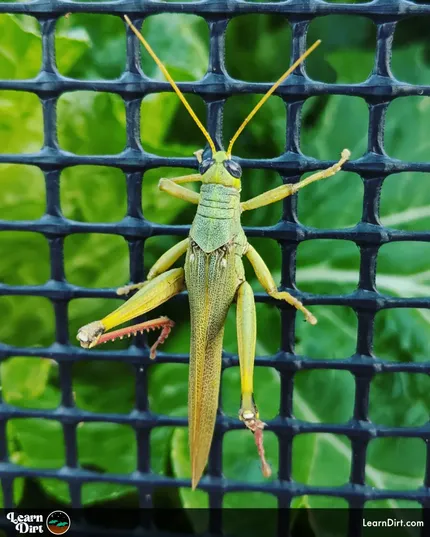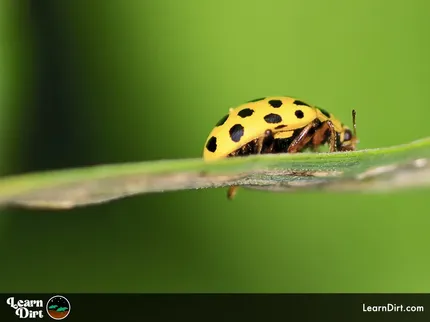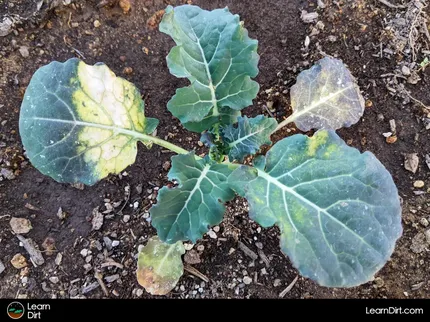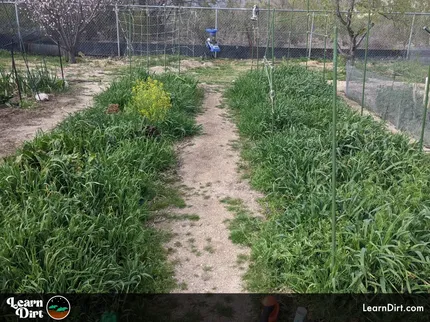Table of Contents
* Our articles never contain AI-generated slop *
Leafhoppers can sure be a pain in the garden, as many of us know firsthand.
What Are Leafhoppers?
They're sap-suckers and they hop.
Problems Caused by Leafhoppers
Leafhopper Solutions
Lower Leaf Removal
Because leafhoppers lay their eggs in plant tissue, often in a leaf layer on the undersides of plant leaves, lower leaf removal can be partially effective at reducing their populations and slowing their reproduction.
Disclaimer: This post may contain affiliate links. Refer to the privacy policy for more information.
Leafhoppers do not develop wings and the ability to hop until rhey reach their adult stage. Nymphs feeding on the undersides of leaves lack most of the mobility of adults, furthering the effect of lower leaf removal as a means of population control.
Remove leaves which have already yellowed and begun to die first, inspecting them for nymphs and eggs. Dispose of these in te trash or by burning.
Soap
Insecticidal soap can be effective against leafhoppers when applied to the underside of leaves. A couple things to remember:
Frequent reapplication is necessary to control populations
Soap is indiscriminate, and can easily harm beneficial insects as well as pests.
I rarely use soap in outdoor gardens, instead relying on a balanced ecosystem with abundant predator insects which keep pest populations in check.
Join The Grower's Community
A free & open space for anyone who is passionate about cultivation 🌱
Check It Out!
I do find soap to be effective in greenhouses, grow tents, and seed-startig rooms where predatory species may not be available and ecosystem balance is more difficult to attain.
Predators
Beneficial predatory insects comprise the primary fighting force in your garden pest management. Targeted. Hungry. Predatory insects which feed off leafhoppers are the key to keeping these annoying sap-suckers in check.
- Lacewings
- Spiders
- Parasitoid Wasps
- Ladybugs
- Assassin Bugs
- Minute Pirate Bugs
- Damsel Bugs
How to Attract Predatory Insects
Flowers - many beneficial insects rely on nectar and pollen as supplemental food sources when prey is scarce. Planting a diversity of flowers ensures that something is always blooming to feed the predators.
That's all for now, thanks for reading!
If you have any questions, comments, or would like to connect with fellow gardeners, head on over to the forum and post there.
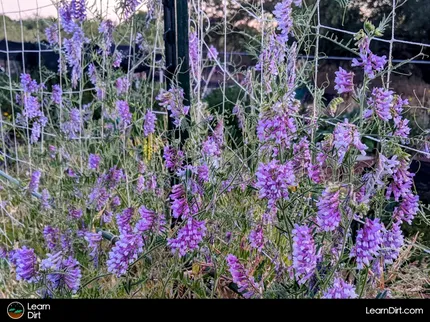
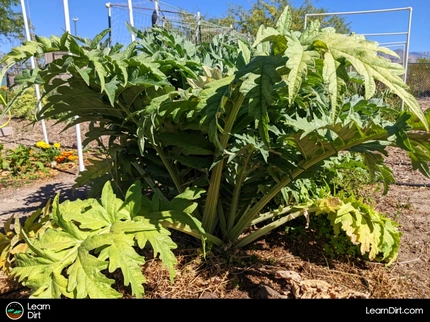
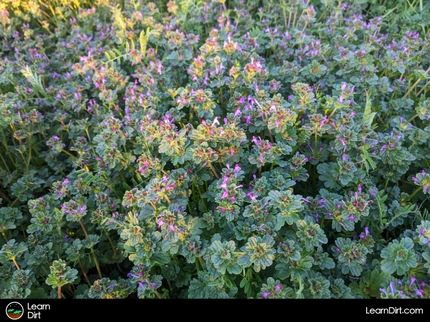
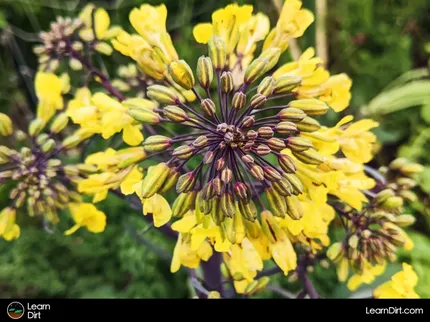
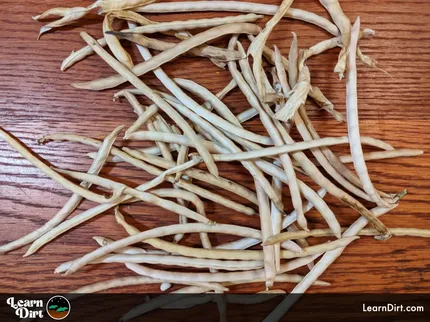



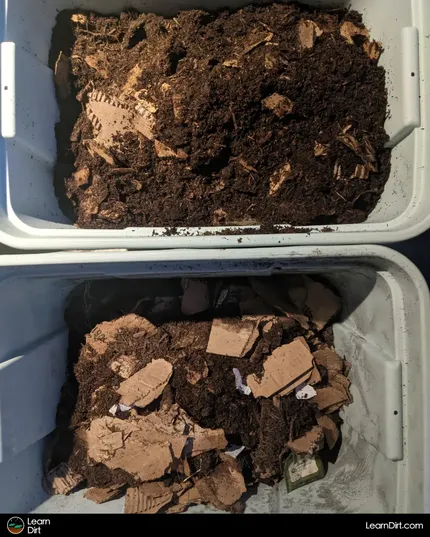
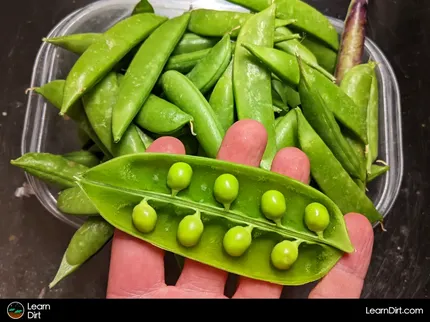


![Black Dirt Live Again [Green] Sticker](/media/product_images/black-dirt-live-again-[green]_sticker_260x260.png)

